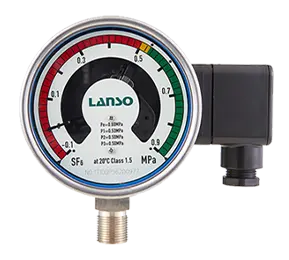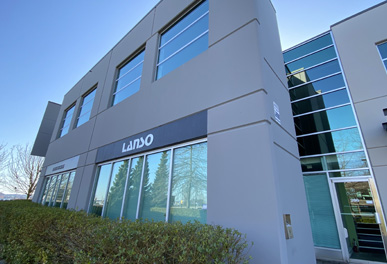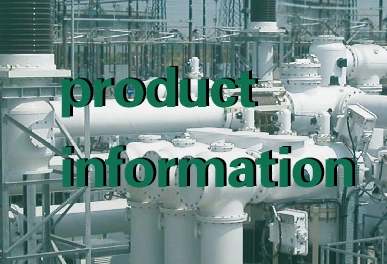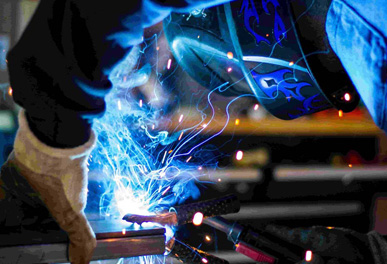Ⅰ. Test purpose and significance of SF6 relay
In the SF6 circuit breaker, the SF6 relay is used to monitor the air pressure change of SF6 in the gas chamber, and alarm or block when the SF6 air pressure is too low to ensure the safe operation of the SF6 circuit breaker.
Because the SF6 gas density relay running on site does not work very often, after a period of time, the phenomenon of inflexible action and poor contact of contacts often occur. In some cases, the temperature compensation performance of the density relay will be deteriorated. When the ambient temperature suddenly changes, it often causes the SF6 relay to malfunction.
Therefore, the SF6 gas density relay should be checked regularly to test whether its blocking value, alarm value, blocking recovery value and alarm recovery value are the same as the preset values.
Ⅱ. Test steps of SF6 relay
1. Select a suitable transition joint to connect the air inlet of the SF6 relay to the measuring interface of the instrument through the trachea. Some types of density relays need to be removed to connect, while others do not.
2. Open the secondary junction box of the density relay, untie the secondary signal wire, and connect the blocking wire and the alarm wire of the instrument signal test wire of the SF6 relay to the corresponding secondary signal wire respectively.
3. Connect the air inlet of the instrument to the gas cylinder through the trachea, and the air outlet will lead to the empty space through the trachea. Turn on the power of the instrument, and unscrew the main valve and pressure reducing valve of the gas cylinder.
4. Set parameters. The upper limit pressure can be higher than 0.1-0.2MPa of the alarm pressure value of the SF6 relay, and the contact type is normally closed or normally open, which is consistent with the measured density relay. The number of tests is generally selected 3 times, and the test results are averaged. Signal types include single signal, single blocking and double blocking, which are selected according to the secondary signal line of the measured density relay.
5. After setting the parameters, click OK, the instrument will start the test automatically. After 3 times of inflation and deflation process, 3 sets of test data are tested and automatically converted to 20°C. And then press print to print the results.
Ⅲ. Precautions for SF6 relay
1. Generally, it is necessary to judge which two of the secondary signal lines of the density relay are blocking lines and which two are alarm lines according to the drawings. If there is no drawing or other basis, a multimeter can be used to measure the continuity of the two lines, and the continuity is the same group.
2. After the test is completed, first close all the valves of the gas cylinder, then press the gas release button to release the residual gas in the pipeline, and then unplug the gas pipe and signal line.
3. The connection between the transition joint and the air inlet of the SF6 relay and the measuring gas pipe must be tight. If necessary, using the pre-configured raw material tape to wrap several times to ensure no air leakage.







